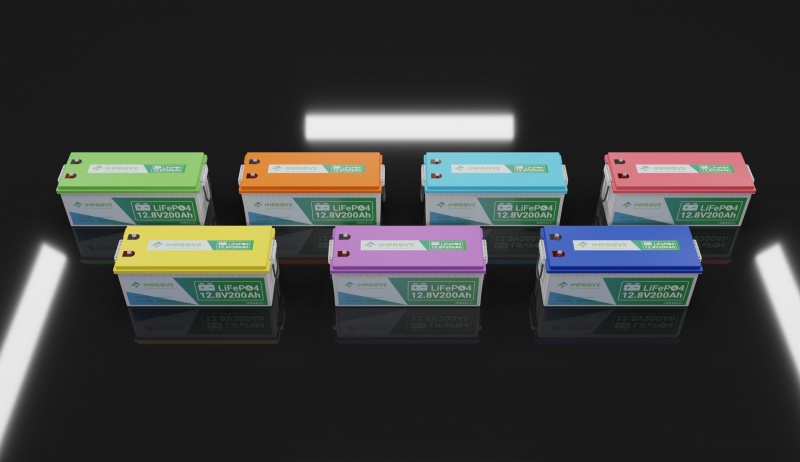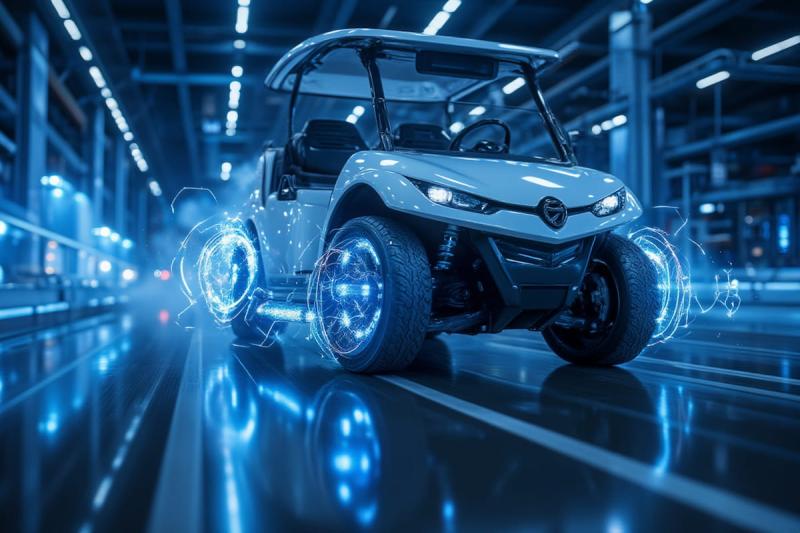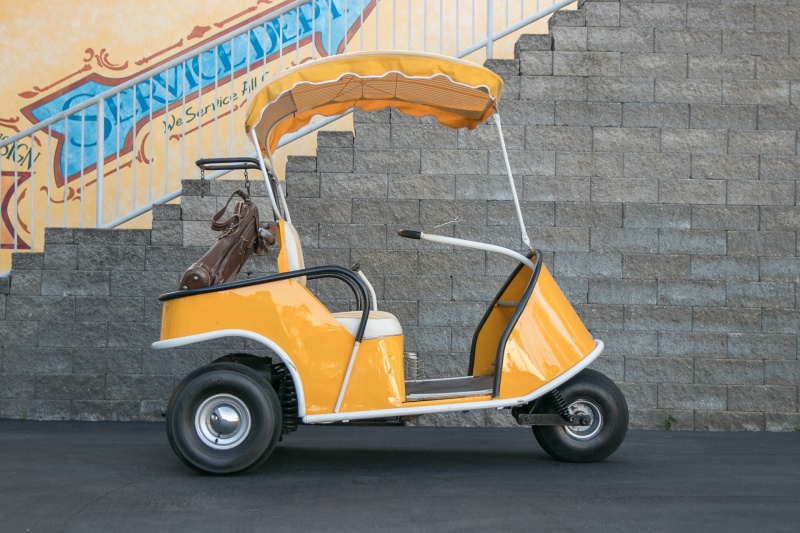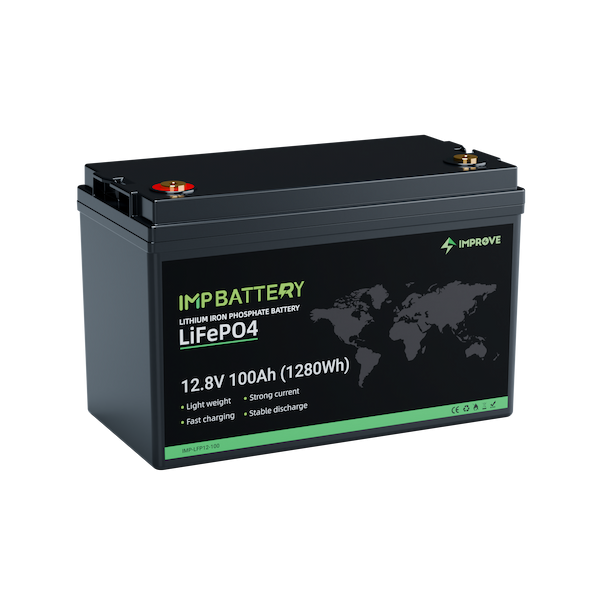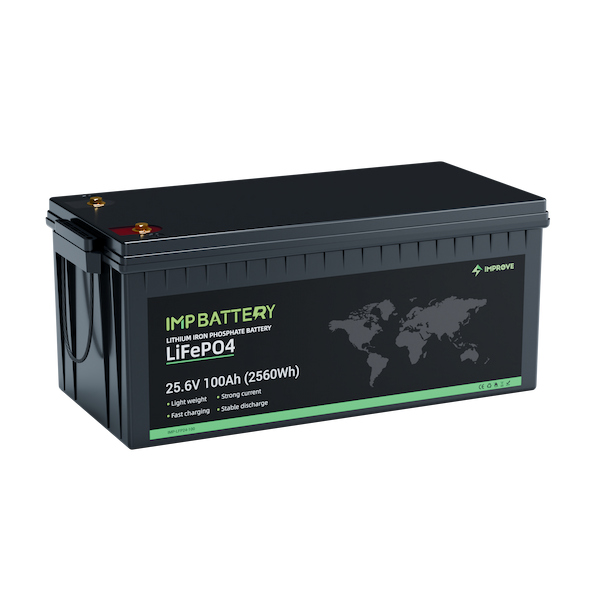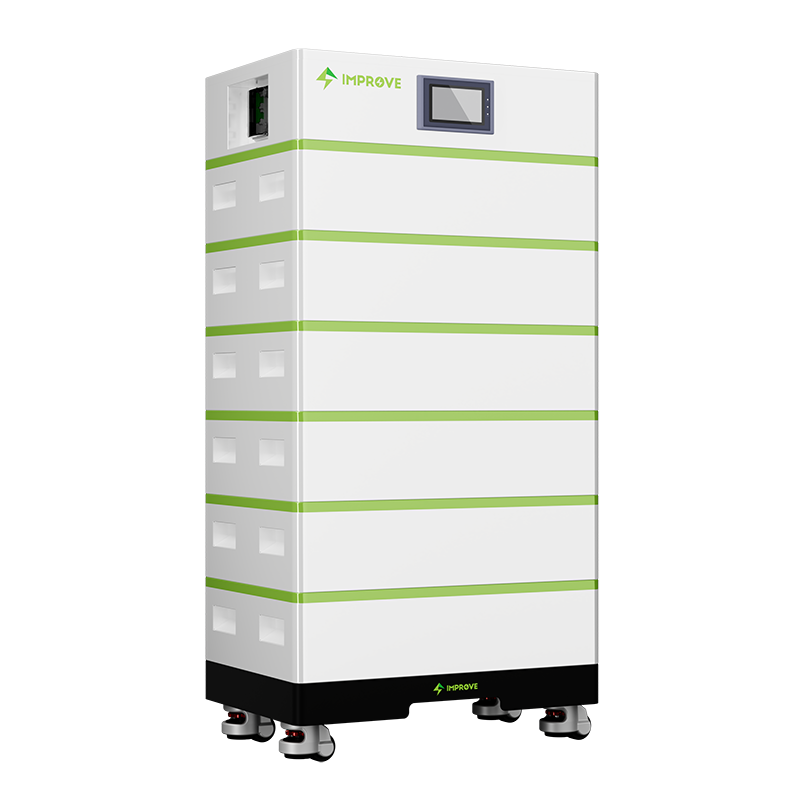What are LiFePO4 Batteries?
LiFePO4 batteries are a type of lithium battery built from lithium iron phosphate. Other batteries in the lithium category include:
- Lithium Cobalt Oxide (LiCoO22)
- Lithium Nickel Manganese Cobalt Oxide (LiNiMnCoO2)
- Lithium Titanate (LTO)
- Lithium Manganese Oxide (LiMn2O4)
- Lithium Nickel Cobalt Aluminum Oxide (LiNiCoAlO2)
You might remember some of these elements from chemistry class. That’s where you spent hours memorizing the periodic table (or, staring at it on the teacher’s wall). That’s where you performed experiments (or, stared at your crush while pretending to pay attention to the experiments).
Of course, every now and then a student adores experiments and ends up becoming a chemist. And it was chemists who discovered the best lithium combinations for batteries. Long story short, that’s how the LiFePO4 battery was born. (In 1996, by the University of Texas, to be exact). LiFePO4 is now known as the safest, most stable and most reliable lithium battery.
A Brief History of the LiFePO4 Battery
The LiFePO4 battery began with John B. Goodenough and Arumugam Manthiram. They were the first to discover the materials employed in lithium-ion batteries. Anode materials are not very suitable for use in lithium-ion batteries. This is because they’re prone to early short-circuiting.
Scientists discovered that cathode materials are better alternatives for lithium-ion batteries. And this is very clear in the LiFePO4 battery variants. Fast-forward, increasing stability, conductivity — improving all sorts of things, and poof! LiFePO4 batteries are born.
Today, there are rechargeable LiFePO4 batteries everywhere. These batteries have many useful applications — they’re used in boats, solar systems, vehicles and more. LiFePO4 batteries are cobalt-free, and cost less than most of its alternatives (over time). It’s not toxic and it lasts longer. But we’ll get to that more soon. The future holds very bright prospects for the LiFePO4 battery.
But what makes the LiFePO4 battery better?
LiFePO4 Batteries
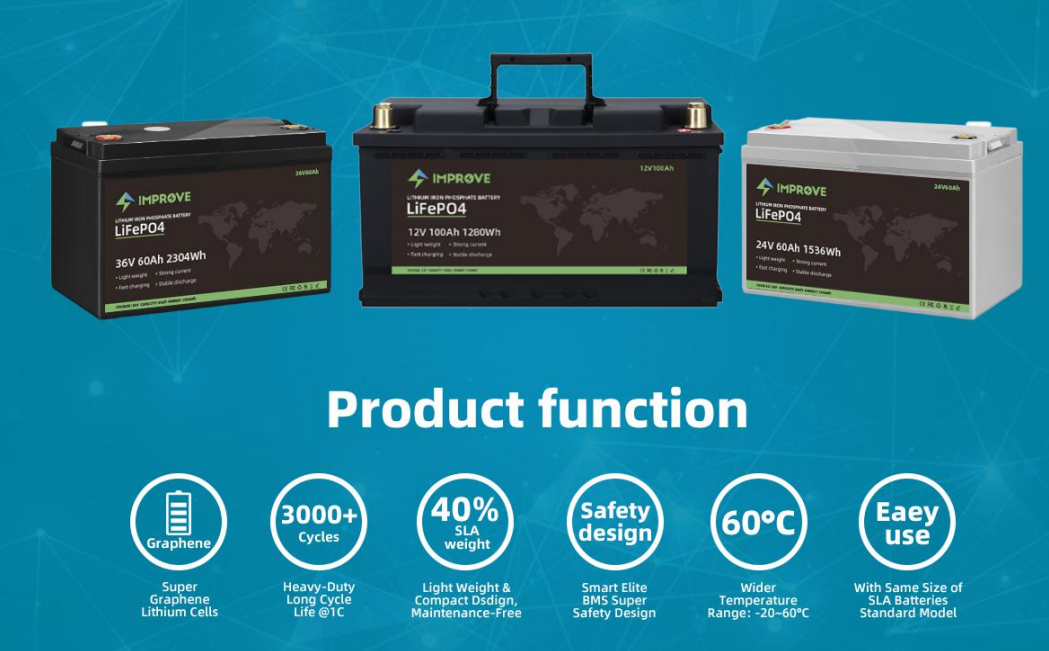
Now that we know what LiFePO4 batteries are, let’s discuss what makes LiFePO4 better than lithium ion and other lithium batteries.
The LiFePO4 battery isn’t great for wearable devices like watches. Because they have a lower energy density compared to other lithium-ion batteries. That said, for things like solar energy systems, RVs, golf carts, bass boats, and electric motorcycles, it’s the best by far. Why?
Well, for one, the cycle life of a LiFePO4 battery is over 4x that of other lithium ion batteries.
It’s also the safest lithium battery type on the market, safer than lithiom ion and other battery types.
And last but not least, LiFePO4 batteries can not only reach 3,000–5,000 cycles or more… They can reach 100% depth of discharge (DOD). Why does that matter? Because that means, with LiFePO4 (unlike other batteries) you don’t have to worry about over discharging your battery. Also, you can use it for a longer period of time as a result. In fact, you can use a quality LiFePO4 battery for many years longer than other battery types. It’s rated to last about 5,000 cycles. That’s roughly 10 years. So the average cost over time is much better. That’s how LiFePO4 batteries stack up vs lithium ion.
Here’s why LiFePO4 batteries are better than not just lithium ion, but other battery types in general:
Safe, Stable Chemistry
Lithium battery safety is important. The newsworthy “exploding” lithium-ion laptop batteries have made that clear. One of the most important advantages LiFePO4 has over other battery types is safety. LiFePO4 is the safest lithium battery type. It’s the safest of any type, actually.
Overall, LifePO4 batteries have the safest lithium chemistry. Why? Because lithium iron phosphate has better thermal and structural stability. This is something lead acid and most other battery types don’t have at the level LiFePO4 does. LiFePO4 is incombustible. It can withstand high temperatures without decomposing. It’s not prone to thermal runaway, and will keep cool at room temperature.
If you subject a LiFePO4 battery to harsh temperatures or hazardous events (like short circuiting or a crash) it won’t start a fire or explode. For those who use deep cycle LiFePO4 batteries every day in an RV, bass boat, scooter, or liftgate, this fact is comforting.
Environmental Safety
LiFePO4 batteries are already a boon to our planet because they’re rechargeable. But their eco-friendliness doesn’t stop there. Unlike lead acid and nickel oxide lithium batteries, they are non-toxic and won’t leak. You can recycle them as well. But you won’t need to do that often, since they last 5000 cycles. That means you can recharge them (at least) 5,000 times. In comparison, lead acid batteries last only 300–400 cycles.
Excellent Efficiency and Performance
You want a safe, non-toxic battery. But you also want a battery that’s going to perform well. These stats prove that LiFePO4 delivers all that and more:
Charge efficiency: a LiFePO4 battery will reach full charge in 2 hours or less.
Self-discharge rate when not in use: Only 2% per month. (Compared to 30% for lead acid batteries).
Runtime is higher than lead acid batteries/other lithium batteries.
Consistent power: same amount of amperage even when below 50% battery life.
No maintenance needed.
Small and Lightweight
Many factors weigh in to make LiFePO4 batteries better. Speaking of weighing–they are total lightweights. In fact, they’re almost 50% lighter than lithium manganese oxide batteries. They weigh up to 70% lighter than lead acid batteries.
When you use your LiFePO4 battery in a vehicle, this translates to less gas usage, and more maneuverability. They are also compact, freeing up space on your scooter, boat, RV, or industrial application.
A LiFePO4 Battery for Every Application
LiFePO4 technology has proven beneficial for a wide variety of applications. Here’s a few of them:
- Fishing boats and kayaks: Less charging time and longer runtime means more time out on the water. Less weight allows for easy maneuvering and a speed boost during that high-stakes fishing competition.
- Mopeds and mobility scooters: No dead weight to slow you down. Charge to less than full capacity for impromptu trips without damaging your battery.
- Solar setups: Haul lightweight LiFePO4 batteries wherever life takes you (even if it’s up a mountain and far from the grid) and harness the power of the sun.
- Commercial use: These batteries are the safest, toughest lithium batteries out there. So they’re great for industrial applications like floor machines, lift-gates, and more.
- Much more: In addition, lithium iron phosphate batteries power many other things. For example — flashlights, electronic cigarettes, radio equipment, emergency lighting and much more.
LiFePO4 batteries are ideal for everyday use, backup power, and more! They also have incredible advantages for RVs and travel trailers.


